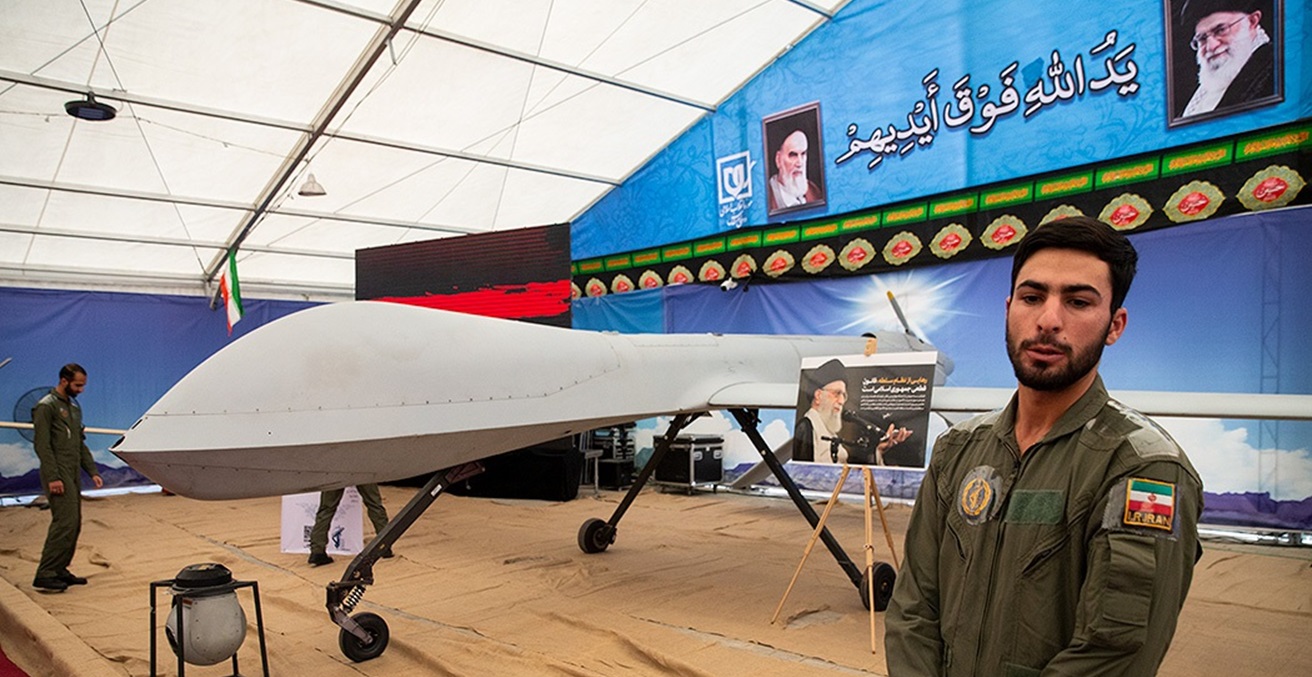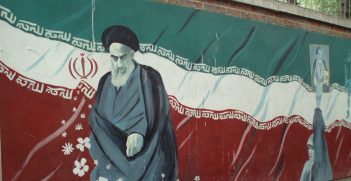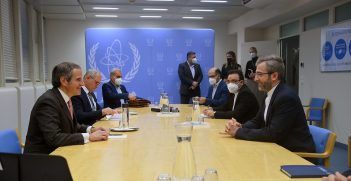Increased Iran-Russia Military Cooperation After the Ukraine Invasion: Impact of US/Western Sanctions

Iran and Russia have entered a closer political, economic, and military relationship during the past two years, the trigger widely seen as the upsurge in defence cooperation following Russia’s full invasion of Ukraine in February 2022. This new relationship, described variously as a strategic alignment or strategic partnership, was seen by both Tehran and Moscow as necessary to meet mutual and separate critical national needs due to the restrictive effects on both of US and Western sanctions.
Iran’s international affairs, since its 1979 Islamic revolution, have been largely shaped by two factors. The first is Iran’s strong adherence to national autonomy, maximum self-sufficiency, and non-alignment. The latter has included, as far as practical, a balance between East and West, or today, Global South and Global West.
However, Iranians are cautious about trusting others. While, therefore, a strategic alignment with Russia, or potentially others, could be acceptable, a formal alliance that compromise’s autonomy, would not. The second factor is Iran’s relationship with the US, and in turn with Europe, other Western countries and the UN, and their use of sanctions to deter or change international adversarial differences.
Iran-US relations since Iran’s 1979 Islamic revolution have been tense and conflicted, and especially with Iranian-supported regional state and non-state militia. Major US concerns include Iran’s support for “state and non-state terrorism,” human rights abuses, missile development, and their potential, some say intent, to develop a nuclear weapons capability. Decades of broadly-based US sanctions, along with EU and UN sanctions, the latter mostly nuclear related, have strongly impacted the nation.
The one short period of Iran-US rapprochement commenced in 2016 when President Barack Obama successfully brought Iran onboard as a signatory to the Joint Comprehensive Plan of Action (the JCPOA) or nuclear agreement. Obama’s aim was to firstly resolve the nuclear issue and use this as the stepping-stone to negotiations on other regional security issues. But this two-step process was undone by President Donald Trump‘s 2018 decision to unilaterally withdraw from the JCPOA and reimpose US primary and secondary sanctions. Trump’s action, and President Joe Biden’s subsequent “failure” to rejoin the JCPOA and repeal related US sanctions, bitterly disappointed a large cast of international stakeholders, including Iran’s moderates and other JCPOA signatories.
For Iran, the US could not be trusted to seriously seek rapprochement and repeal US sanctions either before, or foreseeably after, this year’s US presidential elections. This distrust extended also to the Europeans and others who would continue to remain subject to US secondary sanctions.
Iran saw its future fundamentally with countries that were willing to openly trade with them, notwithstanding US sanctions, and other countries or organisations that were prepared to overlook or actively circumvent or evade sanctions.
Multilateral outreach included Iran joining two major non-aligned groups in 2023, the SCO (Shanghai Cooperation Organisation) and BRICS+6 (Brazil, Russia, India, China, South Africa + 6). These comprise some 40 percent and 46 percent respectively of the world’s population, and some 20 percent and 30 percent of global GDP. BRICS also includes some 40 percent of global oil production. Key members of both include Russia, China, and India. Saudi Arabia, the UAE, and Egypt are part of the “+6 members” of BRICS, and are also Dialogue Partners of the SCO. Both organisations offer significant additional political and economic networking opportunities and economic options.
Bilaterally, the relationship between Tehran and Moscow, from its imperialist Shah/Tsar and post-revolutionary Iran and USSR/Russia iterations to the late 1980s, has had its share of tensions and conflict, including territorial disputes.
The past 30-year period from the early 1990s to 2021, however, has been relatively stable. Geographic proximity, including a maritime border across the Caspian Sea, facilitated a significant increase in trade, reportedly from some US$1 billion in 2005 to US$3.3 billion in 2021. Mutual security interests also saw an increase in regional military cooperation, including joint operations against ISIS in Syria, and increased Russian sales of military equipment to Iran.
The relationship changed significantly in early 2022 due to Russia’s increased military equipment needs, and to help offset the broad impact of sanctions imposed by the US, the EU, and others on Russia in response to its invasion of Ukraine.
Militarily, increased Iranian defence sales to Russia have included a range of munitions, UAV (unmanned aerial vehicles) systems, and potentially Iranian short range ballistic missiles (SRBMs). The UAV deal includes the construction of a factory for manufacturing thousands of Iranian drones in Russia’s Tartarstan province. In return Russia has sold, or agreed to sell, to Iran a range of advanced weapons systems, including the S-400 air-defence missile, helicopters, and SU 34 fighters. Enhanced cyber and satellite cooperation was also agreed. Russia has also passed to Iran many of the high technology Western weapons systems captured in Ukraine, enabling Iran to evaluate, copy, and develop counter-measures. Significantly, this new level of Iranian-Russian cooperation has lifted the military capability of both, with implications for the Middle East and Ukraine respectively.
But how effective have the sanctions been? Iran has been subject to harsh sanctions since 1979, and developed a “resistance economy” involving official and extensive unofficial trade and financing arrangements. Because many related statistics are unreliable or unavailable, official GDP estimates may be highly inaccurate. Importantly, however, and despite fluctuations, the World Bank shows a consistent decline in Iran’s GDP since 1979. For Russia, due to shifting markets and higher prices for oil since early 2022, their GDP contracted some 2 percent only that year compared to a prediction of more than 11 percent, and has mostly recovered since.
Economically, despite the challenges of sanctions, bilateral cooperation is strong, both economies still function, and their governments remain stable. Militarily, sanctions have facilitated closer cooperation between Iran and Russia, contrary to US, NATO, and allied interests.
Are there areas for the US to negotiate the lifting of sanctions with Iran and Russia? US priorities for Iran could include rejoining the JCPOA, facilitating a reduction or cessation of state and non-state militia attacks against regional Israeli, US, and related maritime targets, and restricting specified military cooperation with Russia. US priorities for Russia could include various ceasefire compromises involving the war in the Ukraine, and restricting specified military cooperation with Iran.
And the likelihood of progress? For the reasons above, progress on any issue between the US and Iran is very unlikely before this year’s US presidential elections. If or when afterwards would depend in large part on who was elected. For Russia, a ceasefire compromise in Ukraine could be possible if it gave them “temporary” retention of vast tracts of land captured post-2022. Timing will be dictated by battlefield outcomes, but the US Senate approval on 13 February of an additional US$60 billion of military assistance to the Ukraine, and its likely approval by Congress, makes a ceasefire in the foreseeable future unlikely.
Ian Dudgeon is a former president of the AIIA ACT branch.
This article is published under a Creative Commons Licence and may be republished with attribution.





